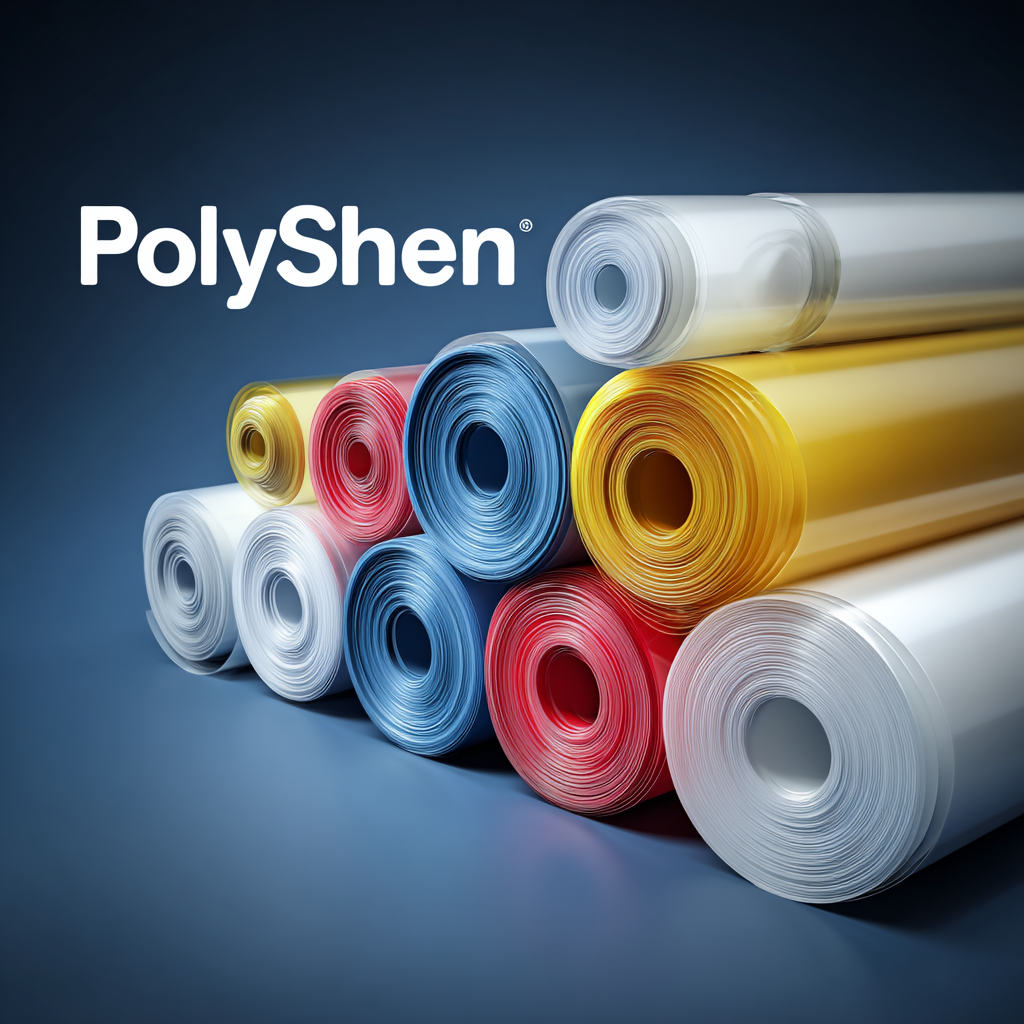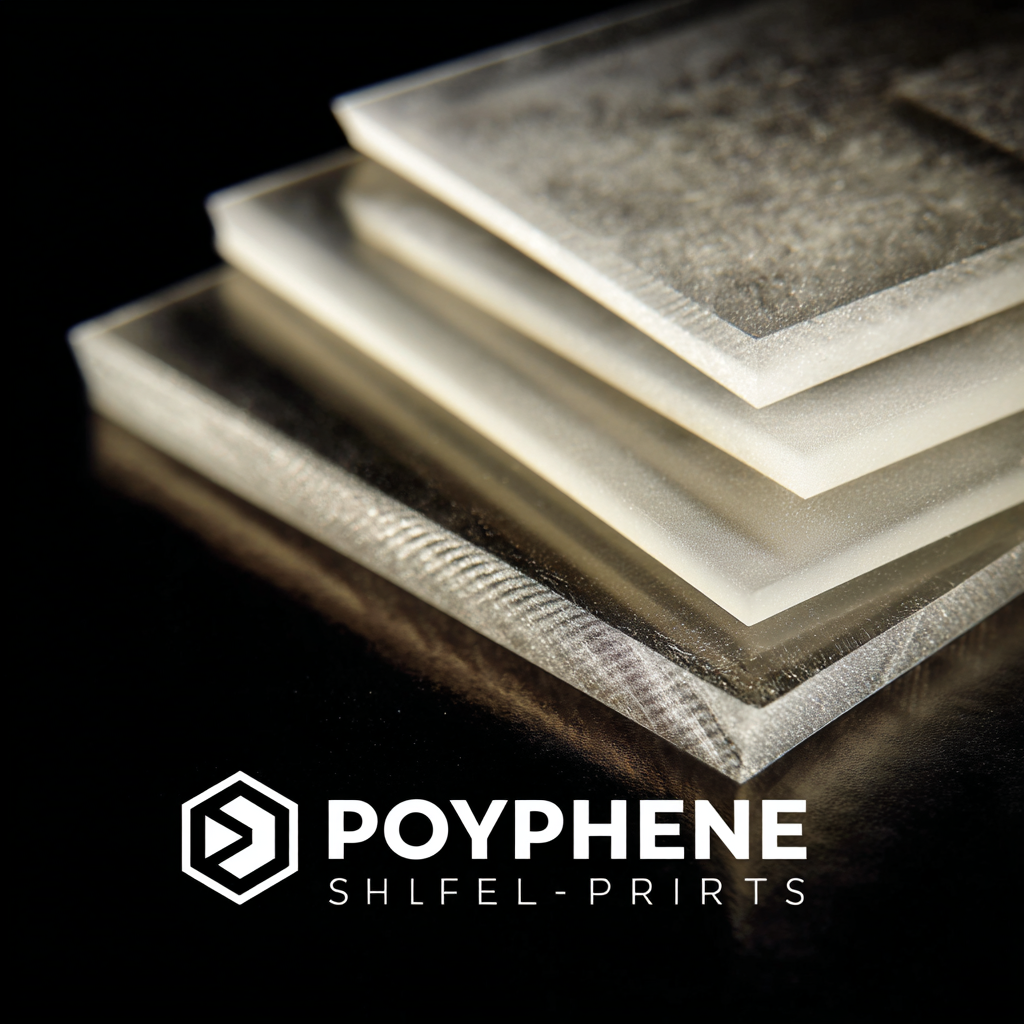


In the world of materials, polypropylene sheets have gained significant popularity due to their versatility and practicality across various applications. Whether you're in construction, crafting, or packaging, selecting the right polypropylene sheets can make a substantial difference in the efficiency and success of your project. However, with numerous alternatives available in the market, it can be challenging to navigate through the options to find the best fit for your specific needs. Understanding the key factors that influence the performance and suitability of these sheets will empower you to make informed decisions. In this blog, we will delve into top strategies for effectively choosing polypropylene sheets, exploring different alternatives and their unique benefits to ensure that your project achieves its desired outcomes.

When selecting polypropylene sheets for your project, a deep understanding of their specifications is crucial for achieving superior outcomes. Polypropylene is known for its durability, chemical resistance, and lightweight characteristics. However, not all polypropylene sheets are created equal; the differentiation often lies in their thickness, density, and finish. Thick sheets may offer greater strength, while thinner options are more flexible and easier to work with. Evaluating these factors in conjunction with your specific project requirements will help you determine the most suitable polypropylene sheet.
Another essential specification to consider is the sheet's surface finish, which can influence both aesthetics and functionality. For instance, a matte finish can hide fingerprints and scratches, making it ideal for displays or packaging. In contrast, a glossy finish can enhance colors and attract attention, particularly in signage applications. Additionally, assessing the thermal properties, including the melting point and resistance to UV radiation, is vital for applications that may be exposed to harsh environmental conditions. By focusing on these specifications, you can ensure that the polypropylene sheets you choose will meet the needs of your project effectively.
When selecting polypropylene sheets for your project, evaluating thickness and weight is crucial.
According to a report by the Plastics Industry Association, the thickness of polypropylene sheets typically ranges from 0.5mm to 12mm. Thicker sheets offer increased durability and resistance to impact, making them ideal for applications requiring structural integrity, such as automotive components and industrial equipment.
On the other hand, thinner sheets—around 0.5mm to 2mm—are often sufficient for protective packaging or display purposes, where flexibility and lightweight characteristics are more advantageous.
Weight is equally important when considering polypropylene sheets, especially for projects where transportation or installation is a concern. Standard polypropylenes weigh between 0.5 to 3.5 grams per square meter per millimeter of thickness, as indicated by the International Journal of Polymer Science. Lighter sheets can significantly reduce shipping costs and ease the handling process.
In applications like signage or temporary barriers, a balance between weight and durability can enhance usability without compromising performance. Therefore, understanding the specific requirements of your project is essential for making informed selections about sheet thickness and weight.

When selecting polypropylene sheets for your project, analyzing chemical resistance and durability is essential in ensuring your application withstands the test of time. Polypropylene’s inherent properties make it a versatile choice, but not all sheets are created equal. Begin by examining the chemical compatibility of the specific type of polypropylene with the substances it will encounter. Different grades have varying levels of resistance; for instance, homopolymer polypropylene offers better rigidity but may be less suitable for chemical exposure compared to copolymer versions.
Tip 1: Always refer to the manufacturer’s data sheets for detailed chemical resistance charts before making a purchase. This can save you from costly mistakes and material failures down the line.
Additionally, consider the environmental conditions your polypropylene sheets will face. High temperatures, UV exposure, and continuous stress can significantly impact durability. Look for sheets that are UV stabilized to prevent degradation over time and choose thicker options for projects that require enhanced impact resistance.
Tip 2: Testing samples in controlled environments can also provide valuable insights into how the material will perform under specific conditions, guiding you towards the best choice.
When selecting polypropylene sheets for your project, exploring cost-effectiveness offers a vital angle to consider. Comparing global suppliers can help you identify the most competitive prices and the best value for your investment. Be sure to take into account not only the price per sheet but also factors such as shipping costs, minimum order quantities, and potential import tariffs that could affect your overall budget.
Tip 1: Always ask for samples before making a bulk purchase. This allows you to assess the quality of the sheets firsthand, ensuring they meet your project’s specific requirements. Many suppliers offer samples at little or no cost, making it a low-risk strategy to evaluate quality.
Tip 2: Look for suppliers that provide detailed product specifications and certifications. This can give you insights into the durability and performance of their polypropylene sheets. For more significant projects, consider reaching out for quotes from multiple suppliers to compare not just prices but also warranty and customer support services, which could save time and money in the long run.
By focusing on these cost-effective strategies, you'll be better positioned to make an informed decision that benefits your project while staying within budget.
When selecting polypropylene sheets for your project, assessing their sustainability and environmental impact is crucial. Polypropylene, a thermoplastic polymer, boasts several eco-friendly attributes. It is fully recyclable, and many manufacturers are now producing sheets made from recycled materials. This not only reduces waste but also conserves the energy and resources typically required to create new polypropylene. By choosing products with a higher percentage of recycled content, you can significantly minimize your project's carbon footprint.

Moreover, consider the production processes involved in creating polypropylene sheets. Look for suppliers who prioritize sustainable manufacturing practices, such as using renewable energy sources and minimizing water usage. Some companies are committed to reducing their environmental impact by implementing closed-loop systems that recycle waste materials back into their production line. By focusing on these aspects, you not only contribute to environmental conservation but also ensure that your project aligns with modern sustainability standards.